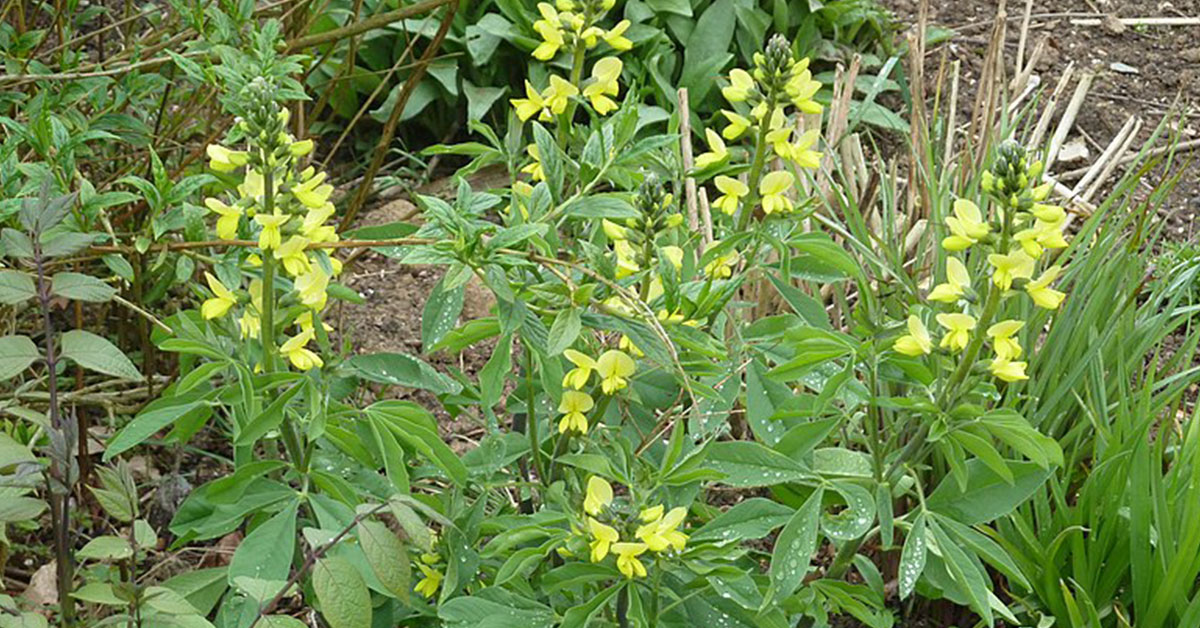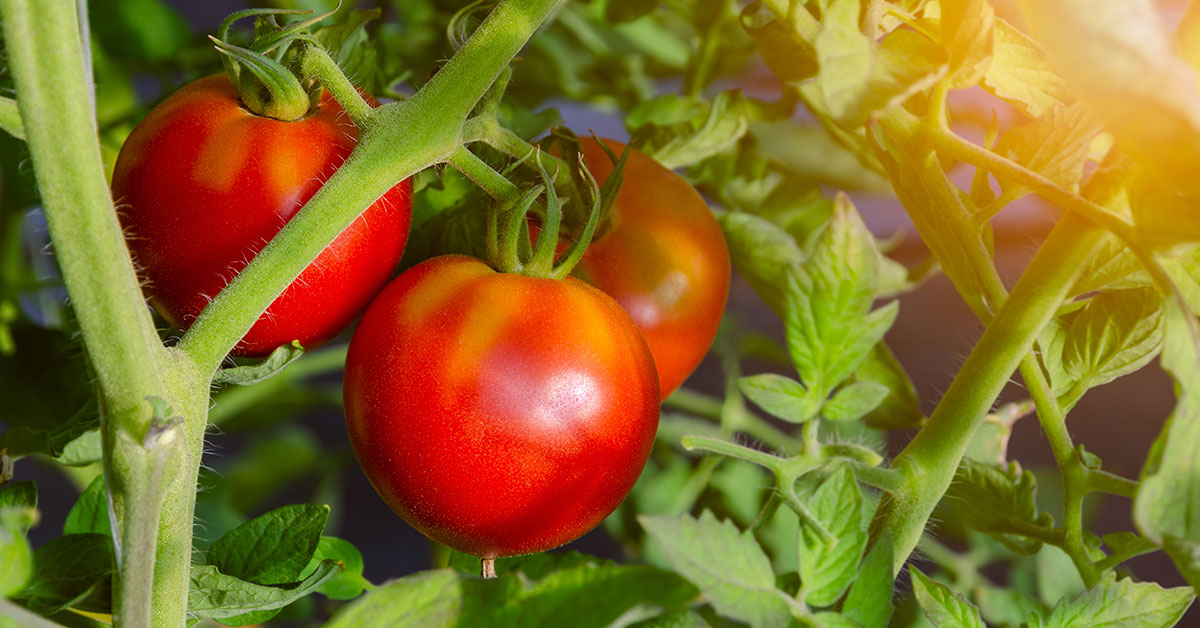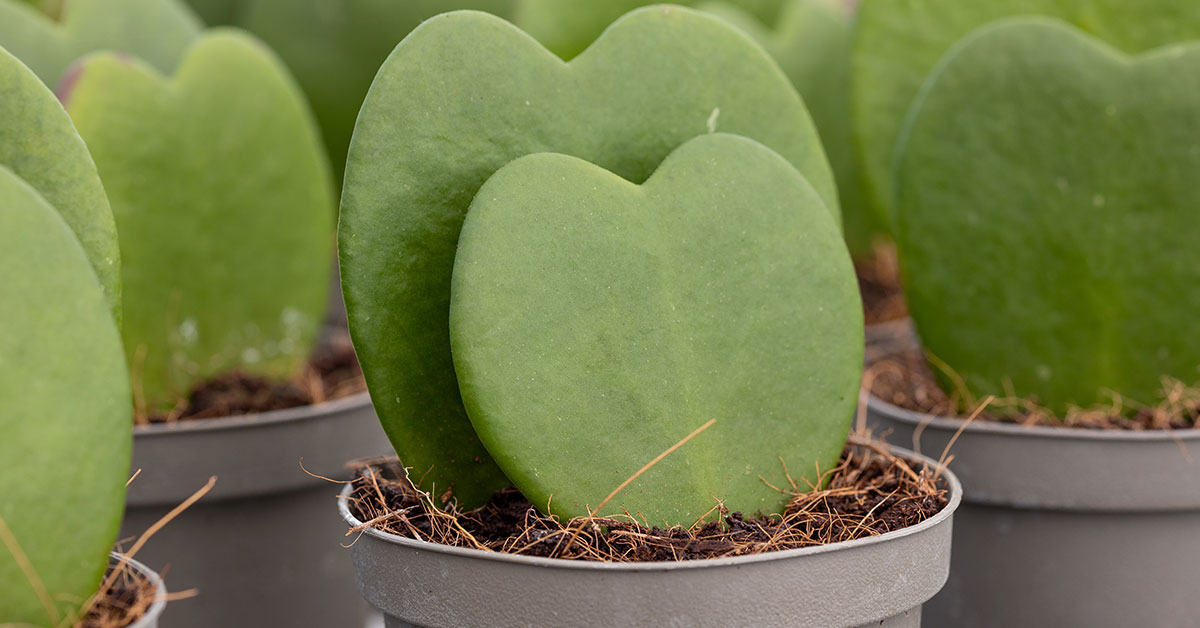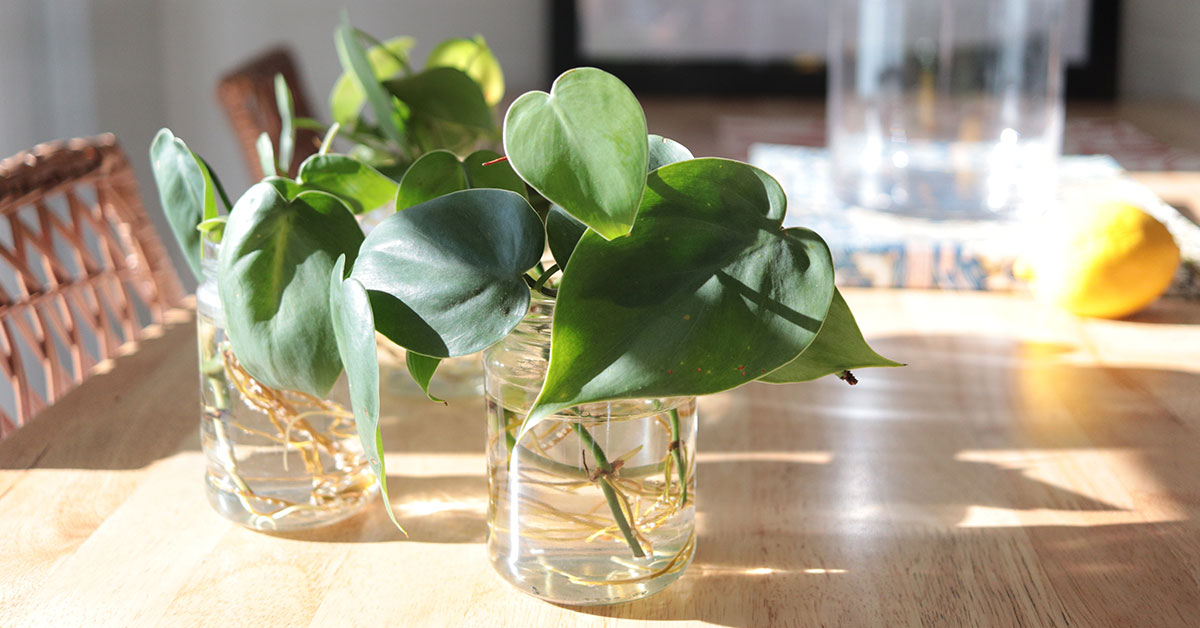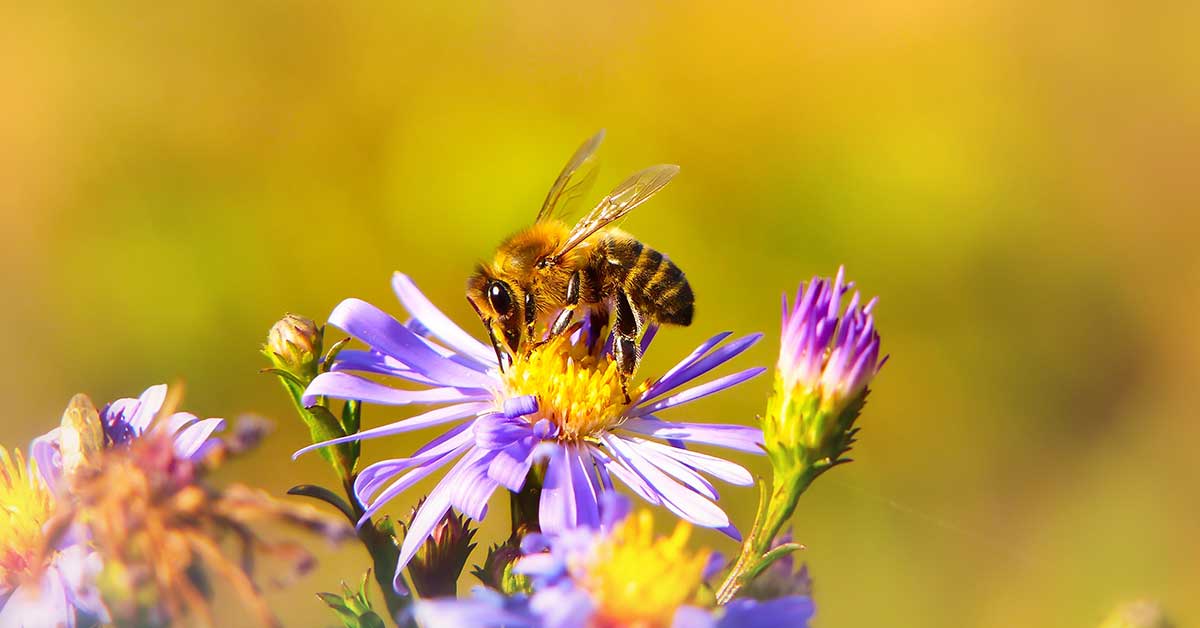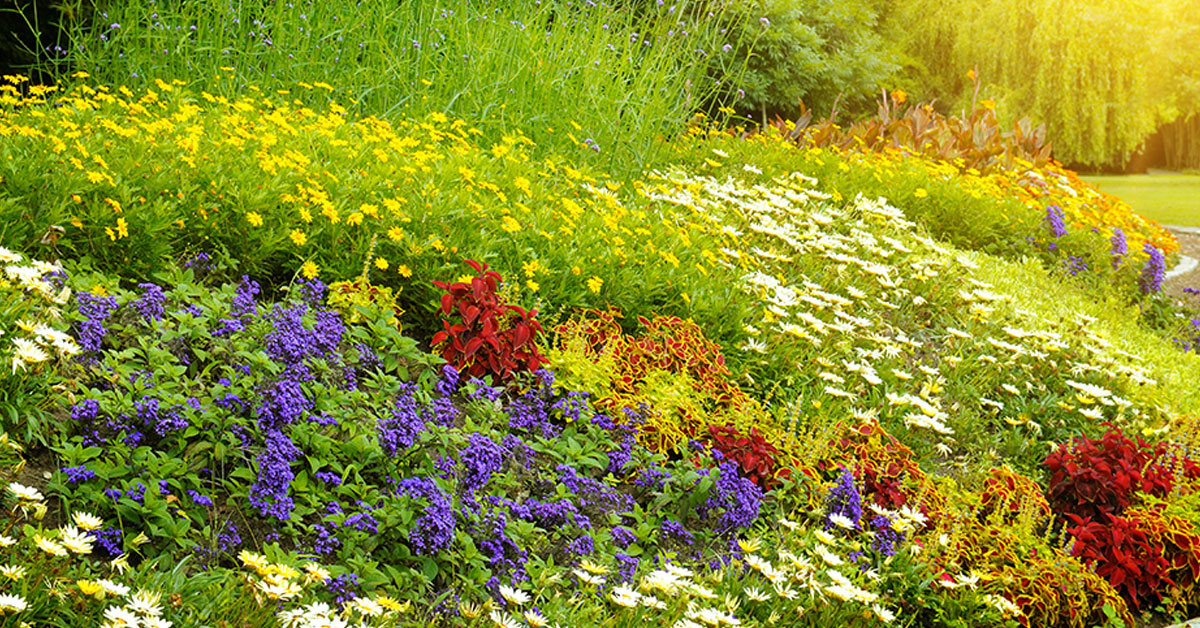Growing your golden banner plant can be an easy experience. These vibrant and showy plants are a sight to behold, with their golden-yellow flowers that light up any landscape. We will talk about the fascinating characteristics, growing conditions, and benefits of cultivating Golden Banner in your garden.
Whether you’re a seasoned gardener or simply a nature lover, this article will surely inspire you to appreciate the beauty and importance of this remarkable plant species.
What is a Golden Banner?
When it comes to beautiful and vibrant wildflowers, the Golden Banner, scientifically known as Thermopsis spp., is a true standout. This stunning perennial plant belongs to the pea family (Fabaceae) and is native to North America. With its eye-catching golden yellow flowers and unique foliage, the Golden Banner is a popular choice among gardeners and nature enthusiasts alike.
They are a herbaceous perennial that typically reaches a height of 2 to 4 feet (60-120 cm). It is characterized by its upright, bushy growth habit and deeply lobed, fern-like leaves. The foliage is a medium green color and adds an interesting texture to the overall appearance of the plant. However, it is the stunning flowers that truly steal the show. The Golden Banner produces numerous bright yellow, pea-like flowers that are arranged in dense clusters atop long, slender stems. These flowers create a striking visual display and attract pollinators such as bees, butterflies, and hummingbirds.
These plants are typically found in sunny locations, although they can tolerate some shade. They are commonly seen growing in open meadows, prairies, and along roadsides. This plant is known for its adaptability and can thrive in a variety of soil conditions, including sandy, loamy, or gravelly soils. It is also well-suited to areas with moderate to low moisture levels, making it an excellent choice for drier regions.
The importance of golden banners
Apart from its aesthetic appeal, the Golden Banner plays a significant role in supporting local ecosystems. As a member of the pea family, it can fix nitrogen in the soil through a symbiotic relationship with nitrogen-fixing bacteria. This process enriches the soil, making it more fertile and beneficial for other plant species in the vicinity. Additionally, the bright yellow flowers serve as a valuable nectar source for pollinators, attracting a diverse range of beneficial insects to the area.
It is a captivating wildflower native to North America. Its striking golden yellow flowers, unique foliage, and adaptability make it a sought-after addition to gardens and natural landscapes. Not only is it visually appealing, but it also plays a crucial role in supporting local ecosystems through nitrogen fixation and providing nectar for pollinators.
Where is Golden Banner native?
Golden Banner, is a stunning flowering plant that is native to North America. This captivating perennial is a member of the pea family (Fabaceae) and is widely appreciated for its vibrant yellow flowers and feathery foliage.
It is primarily native to the western regions of North America, including parts of Canada and the United States. However, in the United States, it can be found in several states, mainly in the western and northwestern regions.
One of the states where the Golden Banner can be found in its native habitat is Alaska. This beautiful plant thrives in the Alaskan wilderness, bringing bursts of yellow color to the landscape.
Moving down the west coast, Golden Banner is also native to the state of Washington. The damp climate and diverse range of ecosystems in Washington provide ideal conditions for this plant to grow.
Oregon is another state where Golden Banner is native. Like Washington, the diverse landscapes of Oregon, including the Cascade Range and the Pacific Coast, offer suitable habitats for this plant.
Moving eastward, Golden Banner can also be found in the state of Idaho. It is native to various regions in Idaho, including the mountainous areas and grasslands.
Montana is another US state where Golden Banner is native. This plant thrives in the open grasslands and foothills of the Rocky Mountains in Montana.
In addition to these states, Golden Banner can also be found in other western states such as Wyoming, Colorado, Nevada, and California, although its presence may be more localized in these areas.
How to start from seed
Golden Banner is a beautiful perennial plant that adds a splash of vibrant yellow to any garden. While it can be propagated through division or cuttings, starting Golden Banner from seed is an exciting and rewarding way to grow this stunning plant. This guide will help you through the step-by-step process of starting Golden Banner from seed, ensuring a successful start to your garden project.
- Choosing the Right Seeds:
To start growing Golden Banner from seed, it is essential to choose high-quality seeds from a reliable source. Look for fresh seeds that are specific to the Thermopsis species you desire. Golden Banner comes in various species, so make sure to select the one that suits your climate and garden conditions best. - Preparing the Seeds:
Before sowing Golden Banner seeds, it is recommended to scarify them. Scarification involves nicking or gently filing the seed coat to allow moisture to penetrate, promoting successful germination. You can use a small file or sandpaper to gently rub the seeds, or you can soak them in warm water for a few hours to soften the seed coat. - Timing:
Golden Banner seeds should be sown in early spring or late fall, depending on your climate. It is important to give the seeds enough time to stratify, which mimics the natural winter conditions and promotes germination. Check the specific requirements for your chosen Thermopsis species to determine the best time for sowing. - Soil Preparation:
Prepare a well-draining potting mix or garden bed for the Golden Banner seeds. The soil should be loose, fertile, and rich in organic matter. Remove any rocks, weeds, or debris from the planting area, ensuring a clean environment for the seeds to grow. - Sowing the Seeds:
For optimal germination, sow the Golden Banner seeds directly into the prepared soil. Make sure to follow the recommended spacing for your chosen species, as some Thermopsis varieties can spread quite wide. Gently press the seeds into the soil, ensuring they are in good contact with the growing medium. - Watering and Care:
After sowing, water the seeds thoroughly but avoid overwatering, as excessive moisture can lead to rotting. Keep the soil evenly moist, ensuring it doesn’t dry out completely. Place the pots or provide a light layer of mulch over the garden bed to help retain moisture and protect the seeds from extreme temperatures. - Germination:
Golden Banner seeds usually germinate within 2 to 4 weeks, depending on the species and conditions. During this period, provide consistent moisture and maintain a temperature range of 60-70°F (15-21°C). Once the seedlings emerge, ensure they receive adequate sunlight or provide artificial growth lights to promote healthy growth. - Transplanting:
When the seedlings have grown to a suitable size, typically with a few sets of true leaves, they can be transplanted into their permanent location. Choose a spot in your garden that receives full sun or partial shade, depending on the plant’s requirements. Ensure proper spacing to allow for the plant’s mature size, as Golden Banner can grow up to 3 feet (1 meter) in height.
How to grow this plant in your garden
Golden Banner is a hardy, low-growing perennial plant that is part of the pea family and is related to lupine and vetch. It is sometimes referred to as False Bluesago. This plant gets its name from its stunning yellow flowers, which open in the summer and typically last several months. With its distinct gold blooms, the flowers make a beautiful addition to any outdoor landscape.
If you are interested in growing this plant in your garden, here are some tips for success:
- Choose a sunny spot in your garden with well-drained, loamy soil for optimal growth.
- Plant the golden banner in early spring or late winter, as soon as the soil can be worked.
- Space plants about 18″-24″ apart to allow for adequate airflow.
- Water the plants regularly during the summer months, allowing the soil to dry out between waterings.
- Fertilize in mid-spring with a balanced fertilizer to encourage stronger growth and more prolific blooms.
- Allow the plants to die back naturally in the winter and remove the dead foliage in the spring.
- Divide the golden banner in the late winter or early spring every two to four years to keep the plant healthy and maintain its shape.
- After the bloom season is over, apply a layer of mulch to the soil around the plants to protect the roots from extreme temperatures and conserve moisture.
Interesting Facts About Golden Banner
Golden Banner, scientifically known as Thermopsis spp., is a beautiful wildflower that belongs to the legume family. With its vibrant yellow flowers and unique foliage, it is a popular addition to gardens and natural landscapes. Furthermore, here are some interesting facts about Golden Banner that you may not know:
- Native to North America: This plant is native to North America, specifically the western regions of the United States and Canada. It can be found in a variety of habitats, including meadows, prairies, and open woodlands.
- Attracts Pollinators: The bright yellow flowers serve as a magnet for pollinators such as bees and butterflies. Its nectar-rich blooms provide a valuable food source for these important creatures, helping to support local ecosystems.
- Nitrogen Fixation: Like other legumes, Golden Banner can fix nitrogen from the atmosphere into the soil. This means that it can convert atmospheric nitrogen into a form that plants can use for growth. This nitrogen-fixing capability makes Golden Banner an excellent companion plant for other species, as it enriches the soil and improves overall plant health.
- Medicinal Uses: Golden Banner has a long history of medicinal use among Native American tribes. It has been used as a treatment for various ailments, including respiratory issues, digestive problems, and skin conditions. However, it is important to note that the medicinal use of Golden Banner should be done under the guidance of a qualified herbalist or healthcare professional.
- Ornamental Value: The vibrant golden flowers of Golden Banner make it a popular choice for ornamental gardening. It adds a splash of color to any landscape and pairs well with other native wildflowers. It is also a great option for wildflower meadows or naturalized areas, as it can self-seed and create a beautiful display year after year.
- Drought Tolerant: Golden Banner is well-adapted to dry conditions, making it a great choice for xeriscapes or areas with limited water resources. It has deep roots that can access water from deeper soil layers, allowing it to thrive in dry climates.
- Wildlife Habitat: Apart from attracting pollinators, Golden Banner also provides habitat and food for other wildlife. Its seeds are a valuable food source for small mammals and birds, and its dense foliage offers shelter for insects and other small creatures.
It is a fascinating wildflower with many interesting qualities. From its ability to attract pollinators and fix nitrogen to its medicinal uses and ornamental value, this plant has much to offer. Whether you are a gardener, nature enthusiast, or herbalist, Golden Banner is definitely a species worth exploring and appreciating.
